Imagine: stepping out of the corporate rat race to learn how to thank people. Sounds like a fairy tale? For the founder of Terima Kasih, it became a reality this month. With her Indonesian roots firmly rooted in batik prints and handwritten cards, she brings a touch of nostalgia to our digital world. Because when was the last time you received a real card? One where someone took the time to brighten your day with pen and paper?
In a time when we text what we eat and email how we feel, Madeleine chooses the slow route. The beautiful route. The route where "thank you" means more than two words on a screen. Terima Kasih —literally "receiving love"—is her way of making the world a little warmer, one handwritten card at a time. We spoke with her about her brand-new webshop, sunflower seeds for the entire office, the power of a personal gesture, and why her father thought she'd start a cleaning company (spoiler alert: it turned out to be something completely different).

You've jumped from nursing and corporate business to handwritten cards—what was that "aha moment" when you thought, "I'm going to learn to thank people"?
That "aha" moment came about three years ago. I'd been thinking about leaving the corporate rat race for a while. With the help of a coach, I examined what I truly value, what I enjoy and find interesting. Throughout the process, I discovered that I value appreciation, empowering others, providing energy and affirmation, and (according to those around me) that I'm quite good at it.
The term "coach" has come up a lot, but I didn't think it was my ambition. What I did really enjoy back then was choosing small gifts for people, with a card and a nice message. For that one coach, I went out looking for a small thank-you gift, and then it all came together. I'm going to start my own business where appreciation and caring for each other are the mission, and which is (partly) made possible by my own hand-crafted gifts, cards, and other beautiful items.

"Terima Kasih" is a beautiful tribute to your roots. When did you first truly feel connected to your Indonesian identity, and how is that reflected in your products?
That's a good and interesting question. Very often, though not always, this is a process for Indo people. And I think this is also where my mission stems from. As a second-generation Indo, I grew up with parents who struggled with exactly where they "belonged" in the Netherlands or the former Dutch East Indies (which no longer existed by the time they arrived in the Netherlands in the 1950s). Adapting to the Netherlands, learning to eat potatoes (preferably individually, haha) instead of rice, not talking about what you experienced in the Dutch East Indies, speaking proper Dutch.
Partly due to the immense adjustment and silence they were forced to endure, I didn't realize I was "different" until late elementary school. Now I had sweet friends who made me feel like myself. I was also quite proud of being different. At the same time, it slowly became clear that a different history had unfolded in my family, for everyone with the same roots, than everyone learns at school. It took years before I fully grasped that history, which I found quite intense. For years, I also refused to consider what my roots meant to me.
My daughter, now 20, grew up deeply interested in her roots. This was inspired by stories I shared with her grandparents, as they gradually expanded their knowledge over the years. Seeing her grow up with such a deep interest in her Indonesian roots has reminded me of my own pride and how deeply Indonesian customs and words are interwoven in our lives today. That's why I enjoy creating items that reflect current lifestyle and interior design needs, with a delightful Indonesian twist. It doesn't need to be overdone; I don't need a Wajang doll in my house—it's too much. A subtle touch of batik motifs is already a perfect nod to my roots.

You write that as a child you didn't realize you were "different." What does it feel like now to make that Indonesian touch central to your business?
I've never wanted to be a "one in a million" person, nothing wrong with that, but I always like to do things a little differently. Although social media platforms are teeming with batik initiatives, I haven't yet found what I make. That's why it feels authentic and personal to see the beautiful items in the webshop; hopefully, a recognizable touch of batik for Terima Kasih in the future. At the same time, I'm incredibly proud that this is a warm connection, a connection with who I am.
Terima Kasih literally translates to "Receiving Love," not just a "thank you." It's a sincere way to acknowledge someone's kindness and spiritual warmth. It's a venerable expression of kindness, embodying the idea that giving and receiving are one. After "thank you," you're often asked, which translates to "Sama-Sama" in Indonesian. This reflects harmony, returning the good energy: the balance between giving and receiving. I understand that people need to read this again to understand, but at the same time, it's the inspiration behind my company, Terima Kasih. This is precisely where everything comes together: my roots, my mission and vision, and the products I offer in my webshop.
In your previous work, you saw what a "thank you" can do for teams and people. What was the most remarkable reaction you ever witnessed when someone was thanked unexpectedly?
I immediately smile, because every reaction has been a beautiful one, especially because it was unexpected. People often walked around with anxiety, many unclear questions, and imbalances. If you easily "flip" the situation, you get a surprised smile in return, relief and relaxation are visible. Yes, that's worth its weight in gold, in my opinion!
When I actually left my last employer, on the day of my departure (I'd already started working part-time), I'd arranged for small boxes of sunflower seeds for the entire company—many boxes, in other words. Sunflowers for light, positivity, gratitude, and warmth. For my immediate colleagues, I'd created a personalized gift with a very personal card. I received so many sweet messages of thanks and appreciation; a small gesture can create a wave of warmth.
👉 Click here and get a chance to win this beautiful Terima Kasih snack board

Batik and handwritten words in a digital world – how do you convince people that old-school stationery still has magic?
I consider a card a tangible expression of care; it's much more personal than a text message. If you've truly chosen a fitting card for someone, carefully considering the words you write, the recipient can feel it. Someone made an effort for you—who wouldn't appreciate that?! While a WhatsApp message, for example, quickly disappears, you can keep a handwritten card for a long time and draw inspiration from it, drawing energy from the words. For example, a client once painted a card especially for me, with a beautiful, inspiring message. It's been on my desk for a few years now, and every time I get a different idea or inspiration from it.
You call yourself "multi-passionate," and this is just the beginning. Where do you want to be in 5 years?
Let's make it manifest here: in five years, I'll be living in a detached house with plenty of space and greenery all around. I'll have my own space for the webshop, but above all, an "event venue." I love organizing gatherings, whether business-related or informal. At these gatherings, for anyone, I find connection and the cross-pollination of knowledge, whether scientific or spiritual, very important. And the icing on the cake, which is essential for me, is combining my home care experience as a nurse with my business experience; organizing gatherings for lonely elderly people. I want to provide this through my own business, in collaboration with the municipality and perhaps other local businesses. I find it incredibly important to achieve this goal. I don't just want to give back to the community; I especially want to do something, to take the initiative. When this is achieved, I'll be even more satisfied than I already am, despite being very busy, with all the initiatives.

Your husband and daughter supported your decision to leave your job. What was the first product you made, and what was their reaction when they saw it?
I made the greeting cards first. They were incredibly enthusiastic! I'll confess something here: my parents knew I was working on something, my own business. My mother was thinking about a plant shop (yes, I've wanted that for a long time too) and my father thought a cleaning company would be a good idea (how, haha!). It wasn't until the webshop went live on October 8th that I invited them over for dinner and showed them everything. I was quite nervous, especially since it involved our roots. What would they think of my approach? Luckily, they responded with enthusiasm and pride!

Finally
Terima Kasih's story proves that the most beautiful businesses are born when personal passion and cultural roots converge. In a world that's turning ever faster, she reminds us to pause for a moment and consider what truly matters: seeing each other, appreciating each other, and showing it. With more than just a text.
In five years, she hopes to organize gatherings for lonely seniors from her own event venue—a wonderful combination of her nursing background, entrepreneurial spirit, and mission for connection. Until then, we can start sending a handwritten card . Because, as she discovered when she surprised her entire office with boxes of sunflower seeds, a small gesture can create a wave of warmth.
So the next time you want to thank someone, consider the old-school method. Grab a pen, choose a nice card, and write what you really want to say. Because in a world full of digital clutter, a handwritten "thank you" might just be the most rebellious thing you can do. Terima kasih—receiving love—starts with giving love.
Feeling inspired? Then check out Terimakasih's beautiful batik collection at www.terimakasih.eu . And who knows, you might just win that handmade snack board!

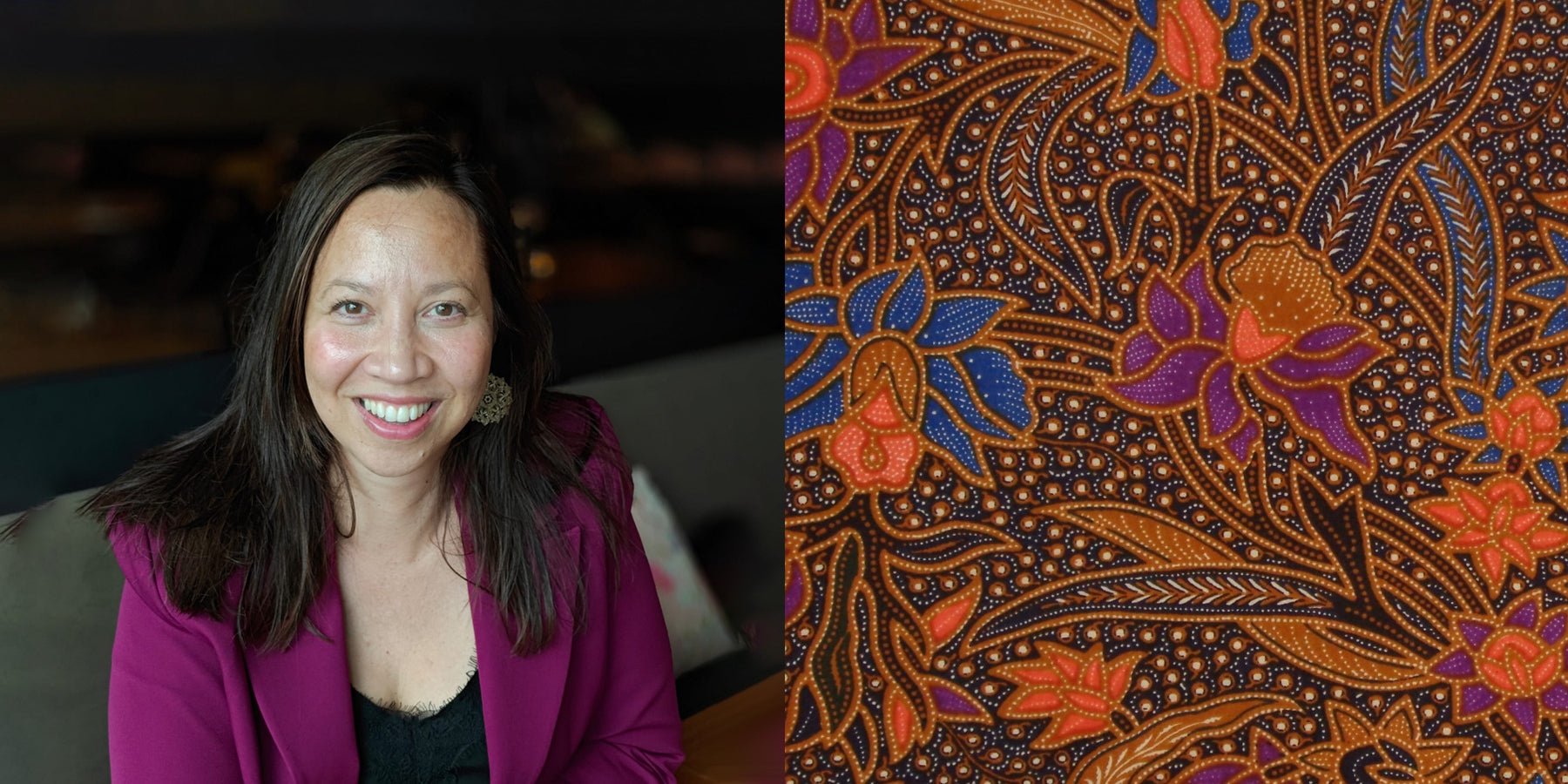
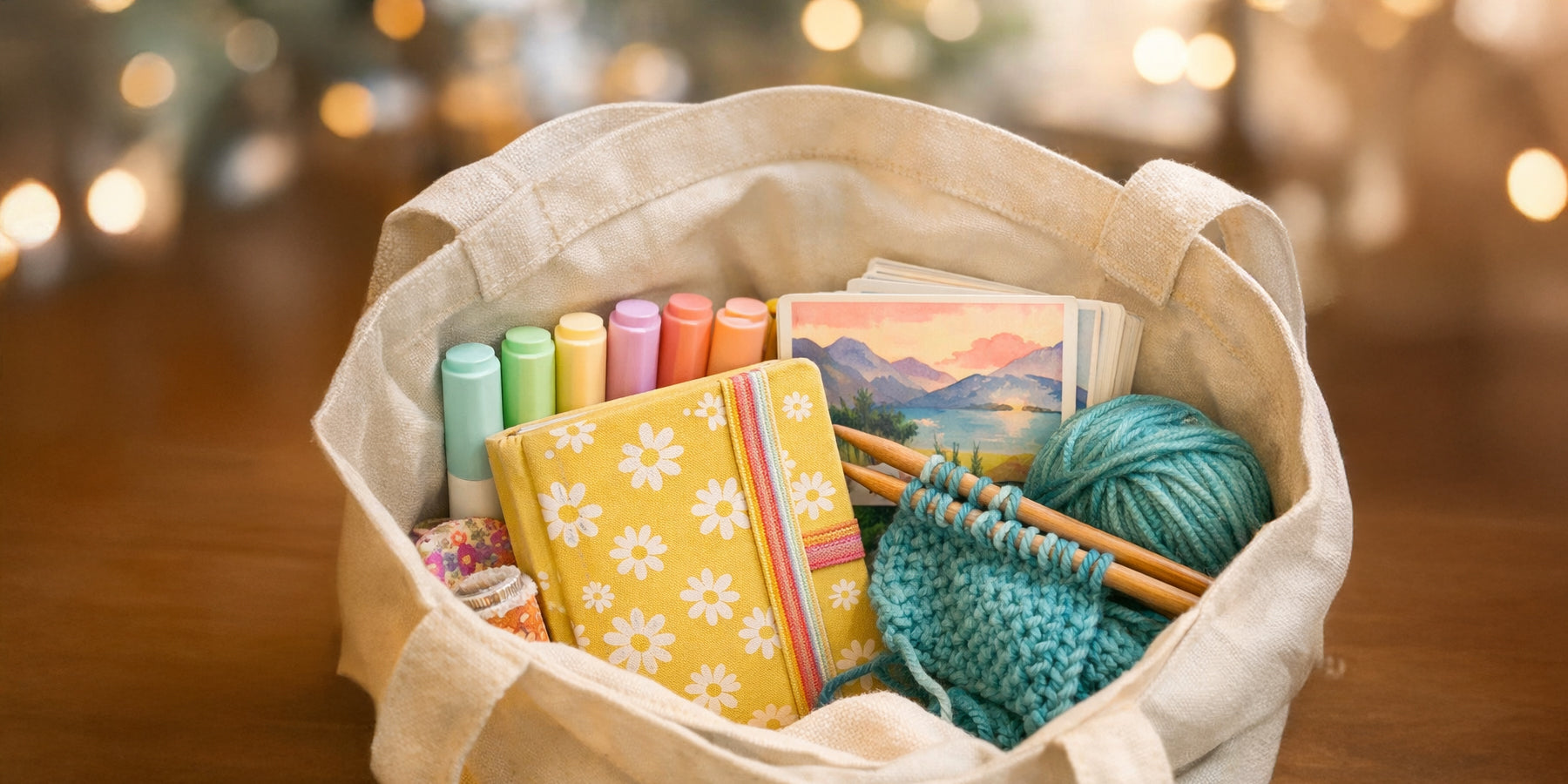
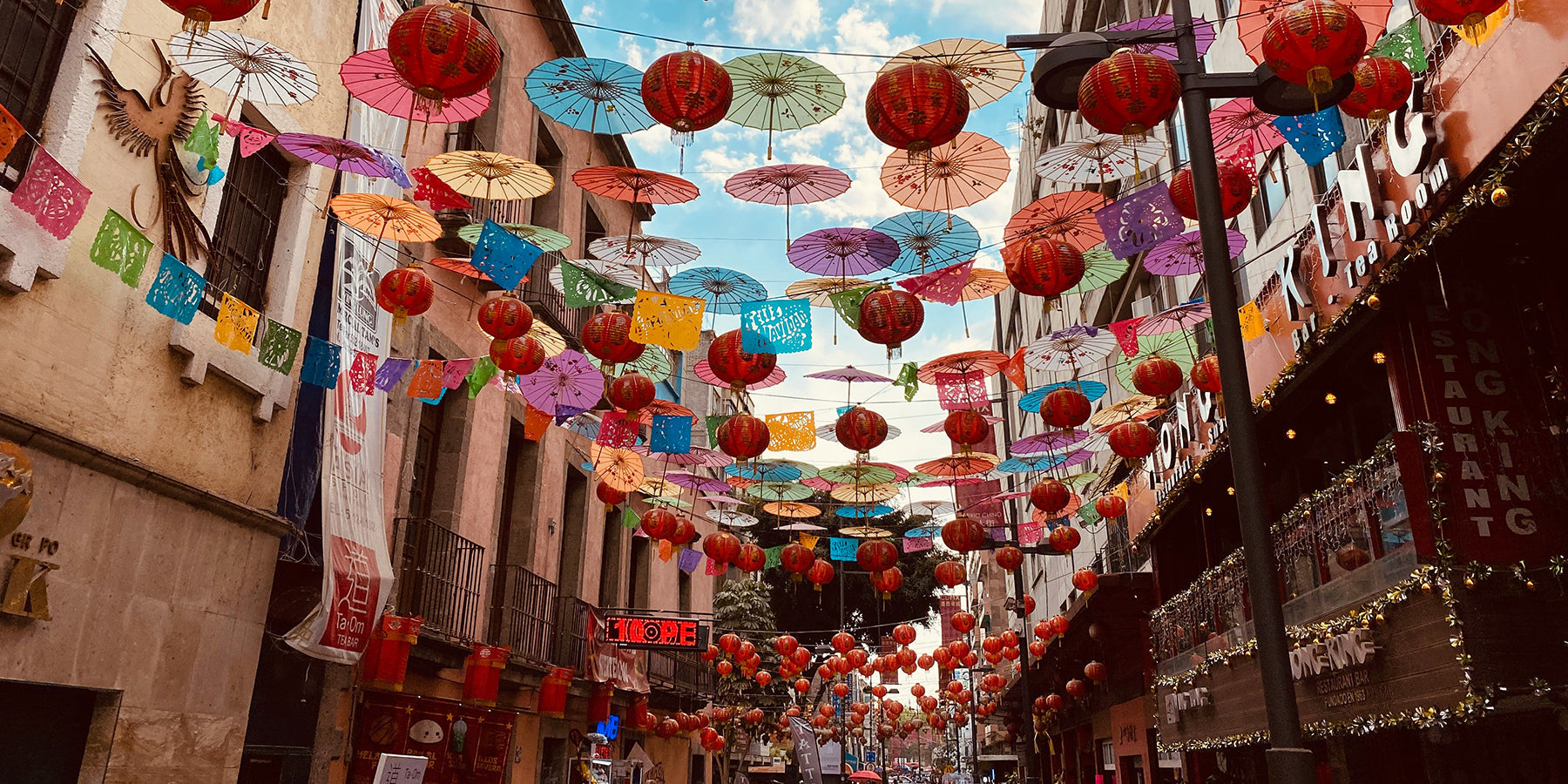
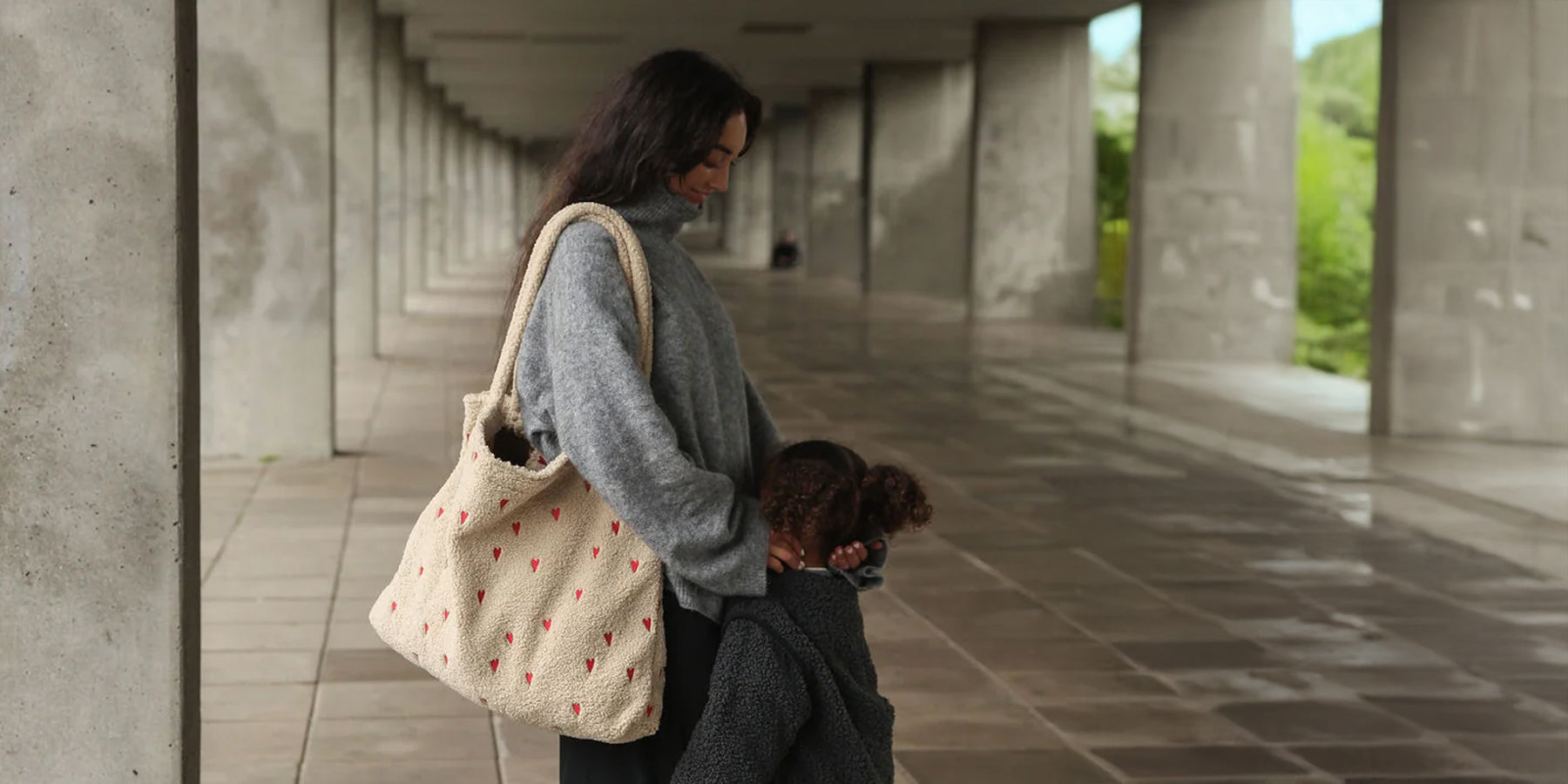
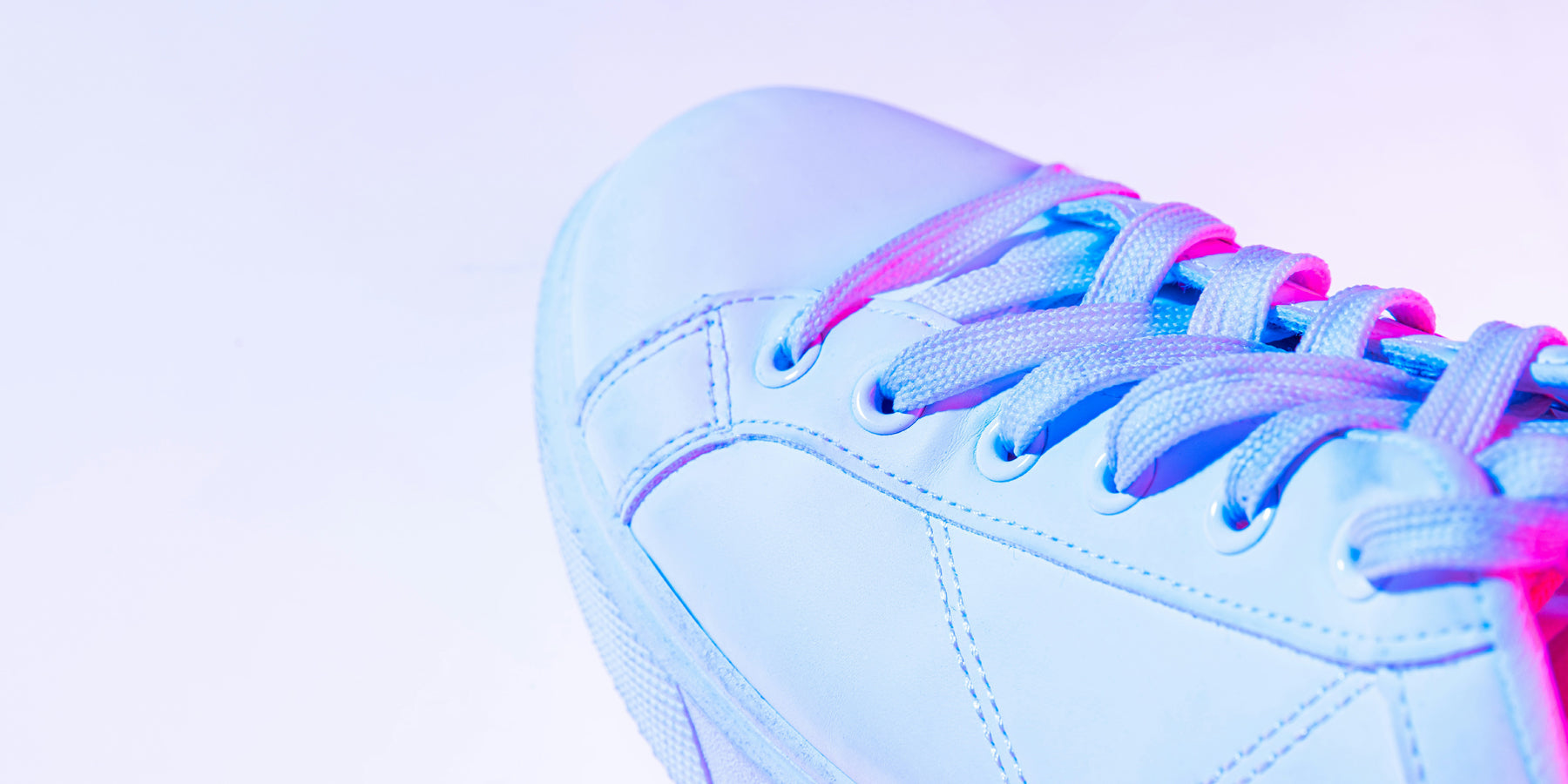
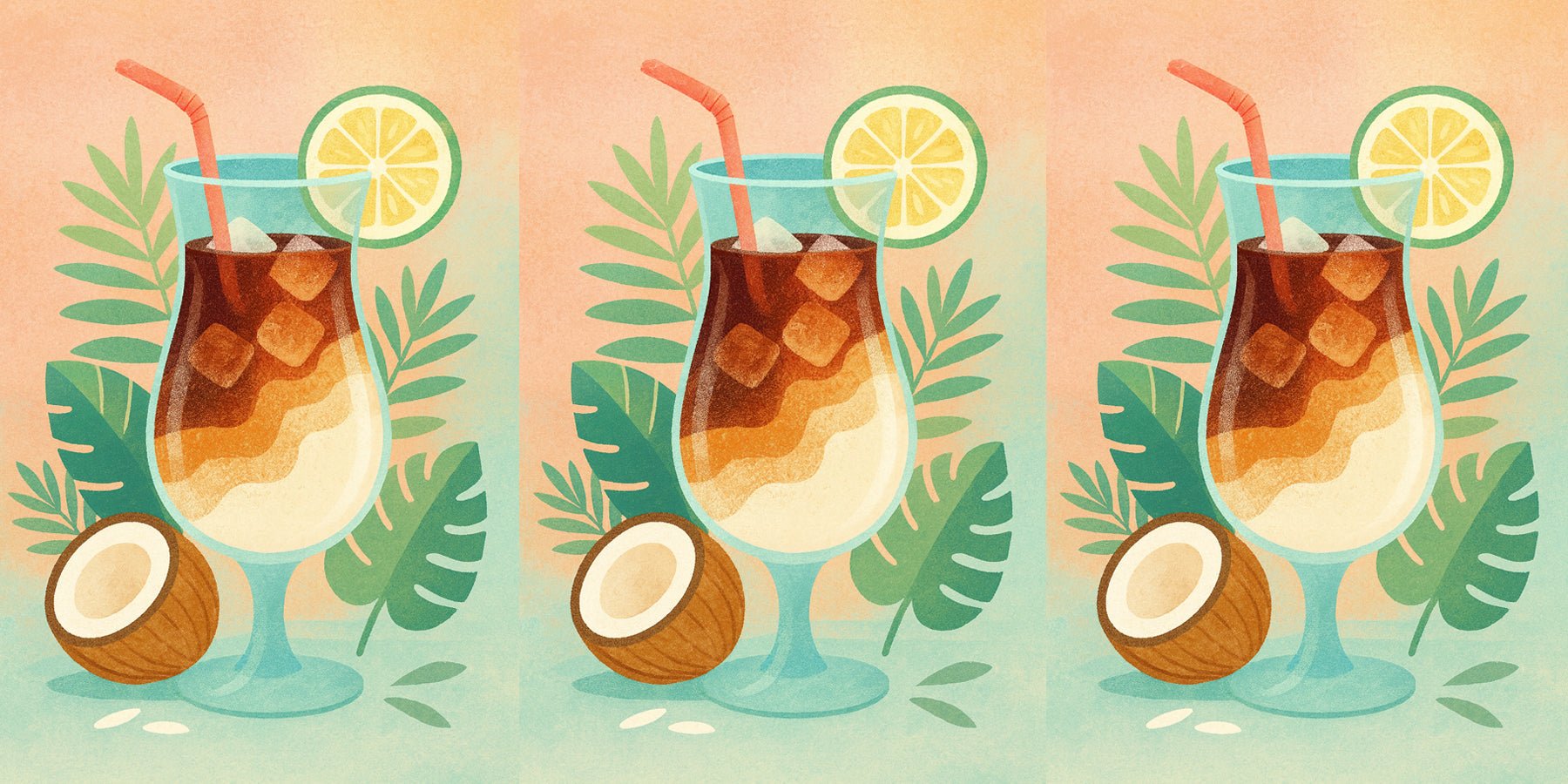


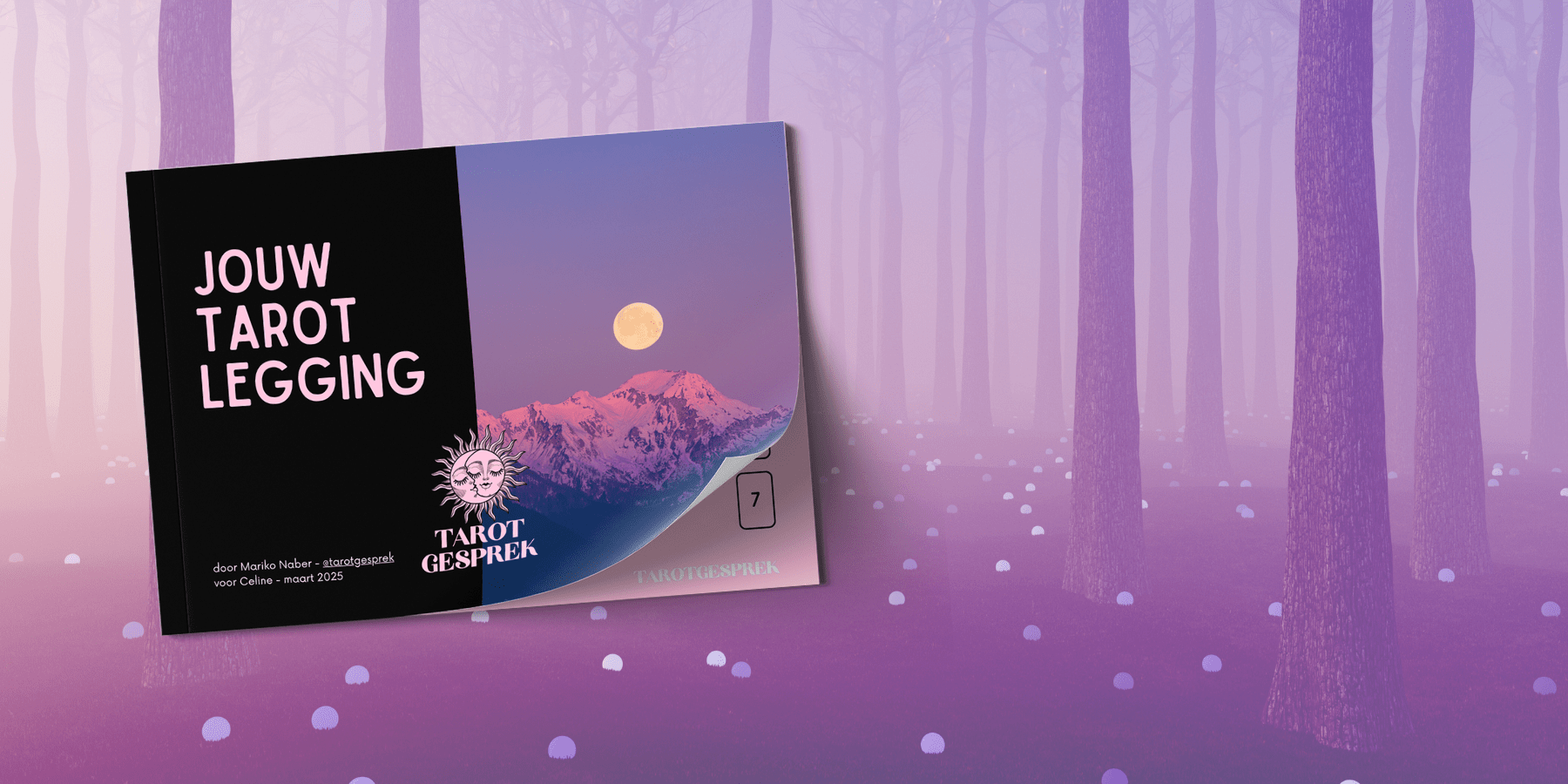

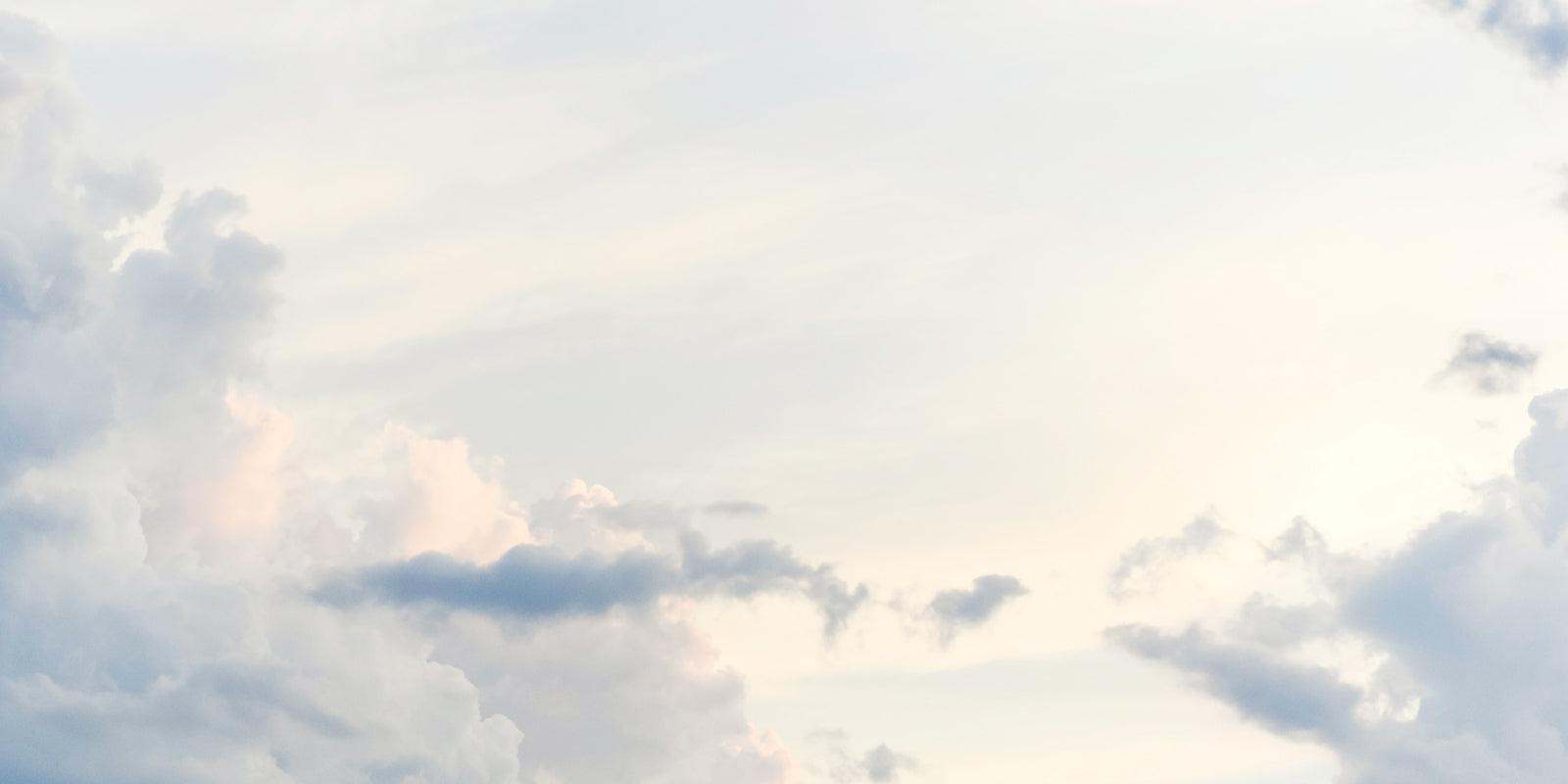
Interesting? Share with someone:
New timeless HEMA must-haves - top 5
Happlify Crew top 7 for ultimate cozy vibes